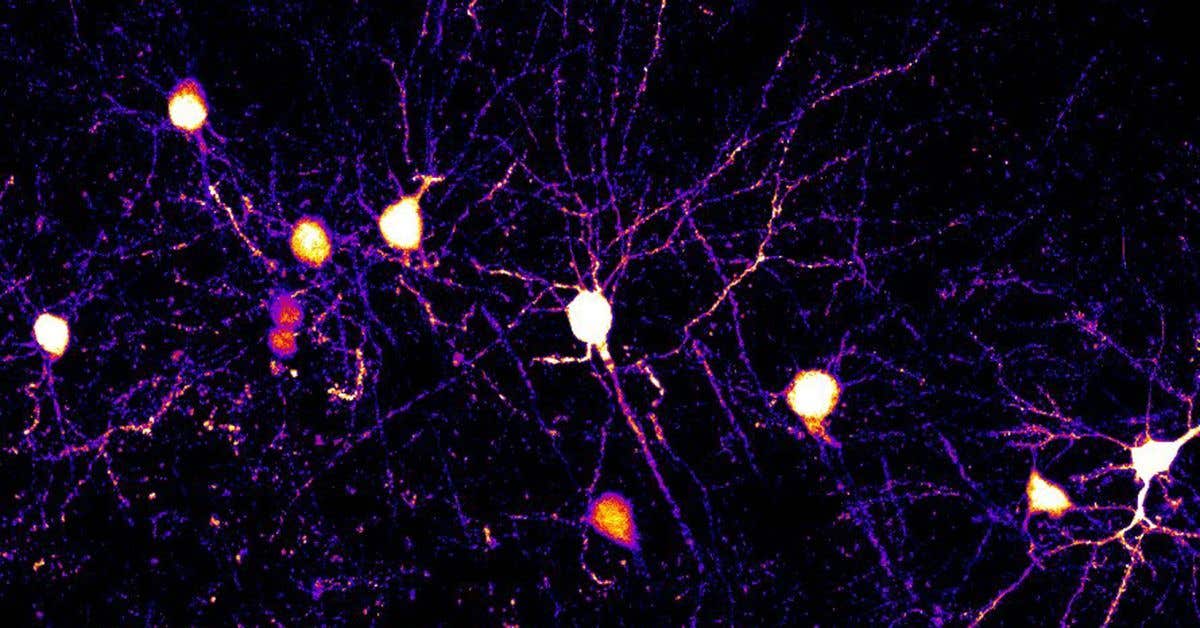80% of Americans exposed to dangerous chemical contained in Cheerios and Quaker Oats
Four out of five Americans have been exposed to chlormequat, described as a “highly toxic agricultural chemical”.

Four out of five Americans have been exposed to chlormequat, described as a "highly toxic agricultural chemical". (CREDIT: Creative Commons)
A study released in the Journal of Exposure Science & Environmental Epidemiology revealed that 80 percent of Americans tested positive for exposure to a potentially harmful chemical found in common pantry items such as Cheerios and Quaker Oats.
The study, conducted by the Environmental Working Group (EWG), found that four out of five Americans have been exposed to chlormequat, described as a "highly toxic agricultural chemical."
Animal studies have linked chlormequat to various reproductive issues, including reduced fertility, altered fetal growth, and harm to the reproductive system.
"We detected the chemical in 92 percent of oat-based foods purchased in May 2023, including Quaker Oats and Cheerios," stated a report released alongside the study. "The fact that so many people are exposed raises concerns about its potential impact on public health."
Related Stories
To obtain their findings, researchers collected 96 urine samples from individuals between 2017 and 2023 and tested them for chlormequat. They found that 77 out of 96 people tested positive for the chemical. Researchers inferred that their exposure must have been recent, as chlormequat typically exits the bloodstream within 24 hours.
"We found a greater number of people were exposed in 2023, compared to earlier years, and at higher concentrations," noted the researchers, suggesting that exposure is increasing rapidly.
Regarding sources of exposure, researchers discovered high levels of chlormequat in oat-based products. Out of the 20 products examined, seven were organic, and 13 were non-organic. Additionally, nine wheat-based products were tested.
The Environmental Protection Agency (EPA) prohibits the use of chlormequat on food crops grown in the United States. (CREDIT: Creative Commons)
"Detectable levels of chlormequat were found in 92 percent of non-organic oat-based foods, while only two samples of wheat-based foods—both bread—had low levels. Only one of the seven organic samples had low levels of chlormequat," the study determined.
Chlormequat is used to make plants more rigid, facilitating easier harvest.
Although the Environmental Protection Agency (EPA) prohibits the use of chlormequat on food crops grown in the United States, it is permitted on food and grains imported into the country.


Researchers detected the chemical in 92 percent of oat-based foods purchased in May 2023, including Quaker Oats and Cheerios. (CREDIT: Getty Images)
"Chlormequat was not permitted on oats sold in the U.S. before 2018, when the Trump-era EPA granted initial approval for some amount of the chemical on imported oats. The same administration increased the allowable level in 2020," explained the report. These regulatory changes may help explain why we are observing more frequent and higher detections of the chemical in Americans tested."
What are the effects of chlormequat exposure on human health?
Chlormequat is a plant growth regulator commonly used in agriculture to control the growth of various crops such as cereals, fruits, and vegetables. Exposure to chlormequat can occur through inhalation, skin contact, or ingestion, particularly among agricultural workers or individuals living near treated fields.
While chlormequat is considered to have low acute toxicity, chronic exposure or high doses can lead to various health effects:
Skin Irritation: Direct contact with chlormequat can cause skin irritation, including redness, itching, and dermatitis.
Eye Irritation: Exposure to chlormequat can lead to eye irritation, causing redness, tearing, and discomfort.
Respiratory Irritation: Inhalation of chlormequat dust or spray may irritate the respiratory tract, leading to symptoms such as coughing, sore throat, and difficulty breathing, particularly in cases of high exposure or inadequate ventilation.
Allergic Reactions: Some individuals may develop allergic reactions to chlormequat upon repeated exposure, leading to symptoms such as skin rash, hives, or respiratory difficulties.
Endocrine Disruption: Chlormequat has been found to interfere with hormonal regulation in animal studies, although the extent of this effect in humans is not fully understood. Prolonged exposure to chlormequat may potentially disrupt hormone balance, leading to reproductive or developmental issues.
Carcinogenicity: There is limited evidence suggesting that chlormequat may have carcinogenic properties. Studies on animals have shown an increased incidence of tumors in certain organs following prolonged exposure to high doses of chlormequat. However, more research is needed to determine its carcinogenic potential in humans.
Neurotoxicity: High levels of chlormequat exposure may have neurotoxic effects, leading to symptoms such as headaches, dizziness, and incoordination. Chronic exposure to chlormequat has been associated with neurological symptoms in animal studies, but the relevance to human health is uncertain.
Reproductive and Developmental Effects: Animal studies have suggested that chlormequat exposure may impact reproductive function and fetal development. However, the evidence in humans is limited, and further research is needed to establish the potential risks to human reproductive health and development.
It's important to note that the health effects of chlormequat exposure can vary depending on factors such as the duration and intensity of exposure, individual susceptibility, and the presence of other chemicals or environmental factors.
Proper safety precautions and regulatory measures should be followed to minimize exposure to chlormequat in occupational and environmental settings. If exposure occurs, prompt medical attention should be sought to manage any symptoms and prevent further complications.
Note: Materials provided by The Brighter Side of News. Content may be edited for style and length.
Like these kind of feel good stories? Get the Brighter Side of News' newsletter.
Joshua Shavit
Science & Technology Writer | AI and Robotics Reporter
Joshua Shavit is a Los Angeles-based science and technology writer with a passion for exploring the breakthroughs shaping the future. As a contributor to The Brighter Side of News, he focuses on positive and transformative advancements in AI, technology, physics, engineering, robotics and space science. Joshua is currently working towards a Bachelor of Science in Business Administration at the University of California, Berkeley. He combines his academic background with a talent for storytelling, making complex scientific discoveries engaging and accessible. His work highlights the innovators behind the ideas, bringing readers closer to the people driving progress.



